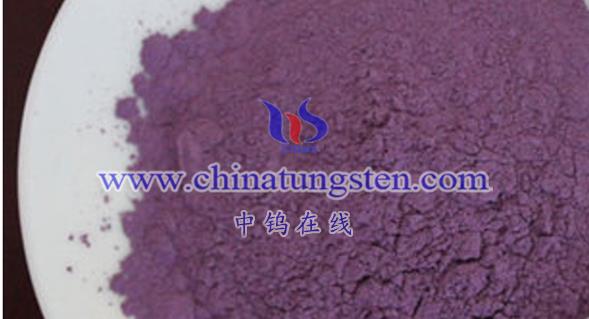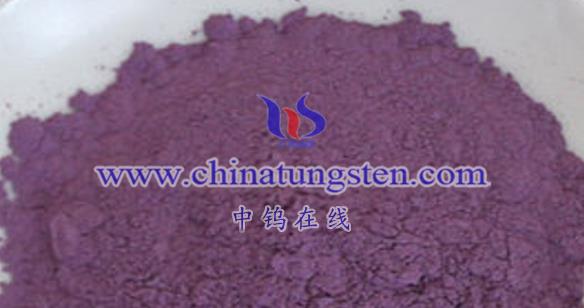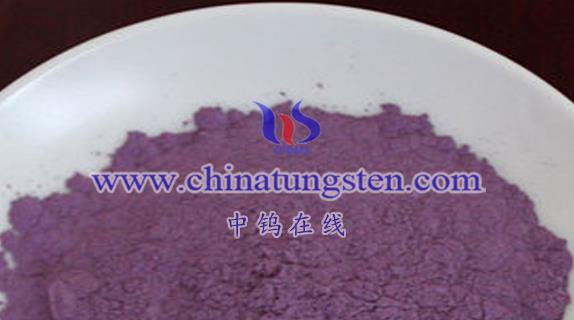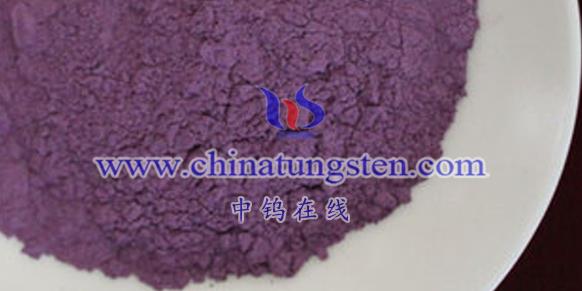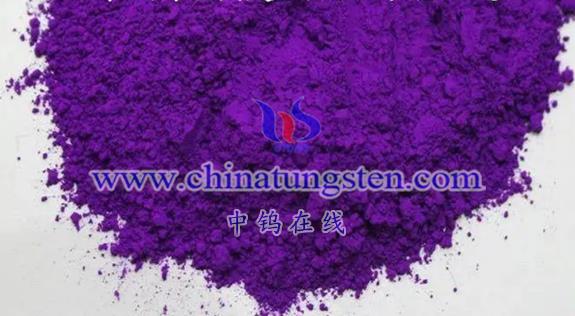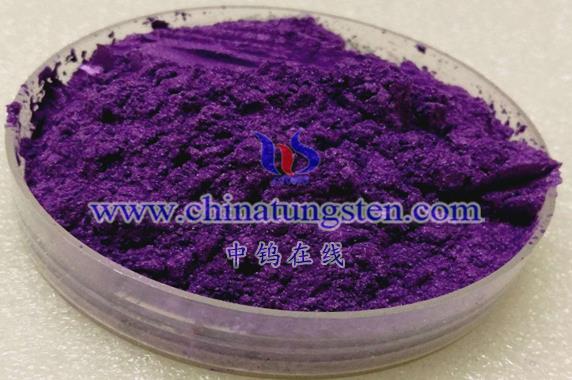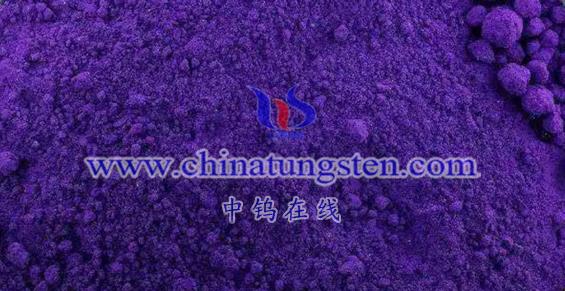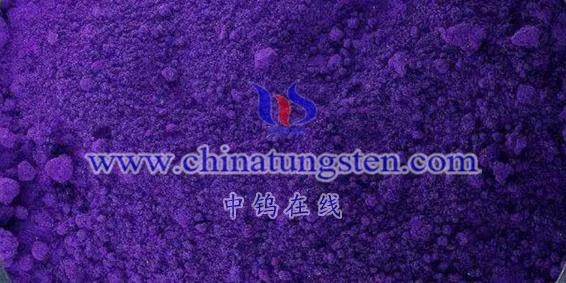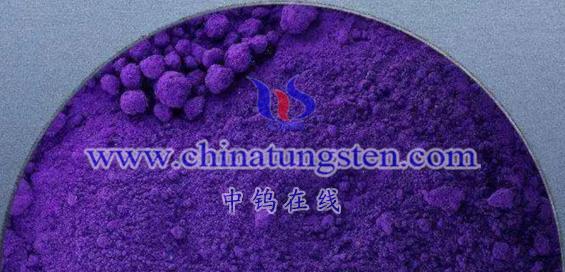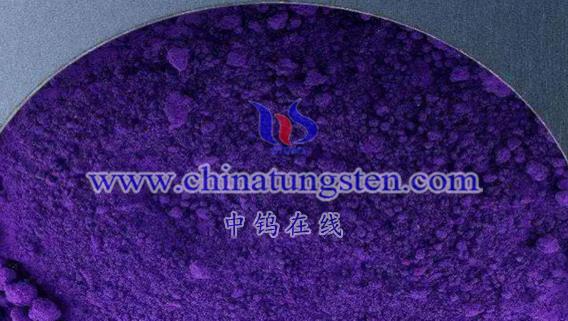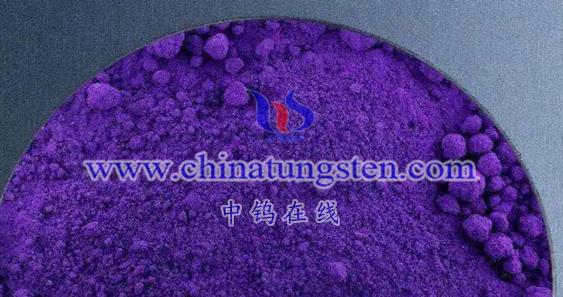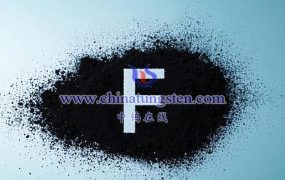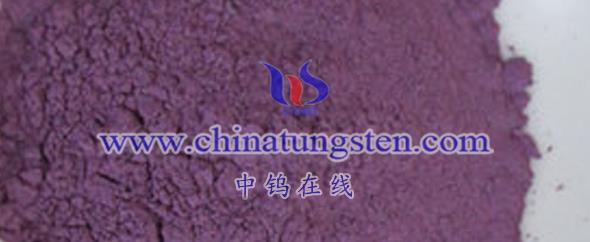
Potassium tungsten bronze is an inorganic compound composed of potassium (K), tungsten (W), and oxygen (O), with the chemical formula KxWO3, where x ranges between 0 and 1. This compound exhibits a variety of unique physical and chemical properties, making it suitable for a wide range of applications.
- Composition and Structure
- Composition
Potassium tungsten bronze is a non-stoichiometric compound made up of potassium, tungsten, and oxygen atoms. - Crystal Structure
The crystal structure of potassium tungsten bronze changes with the value of x:- For x between 0.18 and 0.33: The compound exhibits a hexagonal structure.
- For x between 0.40 and 0.59: It adopts a tetragonal structure.
These structural variations result in distinct physical and chemical properties.
- Physical Properties
- Color Changes
The color of potassium tungsten bronze varies with x. As x increases, the color changes from deep blue (x ≈ 0.20) to purple (x ≈ 0.60). This feature lends the compound potential for use in decorative and artistic applications. - Electrical Properties
Potassium tungsten bronze demonstrates excellent electrical properties, including electrochromism, superconductivity, and semiconductor behavior. These properties make it promising for applications in electronic devices and sensors. - Optical Properties
The compound also exhibits remarkable optical properties, such as near-infrared blocking and photocatalytic activity, which make it suitable for optical devices and photocatalytic materials.
- Chemical Properties
- Stability
Potassium tungsten bronze is relatively stable at room temperature and does not readily react with other substances. However, under certain conditions (e.g., high temperatures or strong acids), it may decompose or oxidize. - Reducing Ability
Under specific conditions, potassium tungsten bronze can act as a reducing agent, participating in reduction reactions.
- Applications
Thanks to its unique properties, potassium tungsten bronze has potential in various fields:
- Smart Windows: For energy-efficient, light-controlling glass.
- Functional Fibers: Used in textiles with advanced functionalities.
- Photocatalysts: For environmental and chemical applications.
- Ion-Sensitive Electrodes: In analytical devices.
- Humidity Sensors: For environmental monitoring.
Other industrial uses include molds, subway rails, ship components, and tungsten electrodes for arc welding.
- Production Methods
The primary method for producing potassium tungsten bronze involves mixing K2WO4 and WO3 powders in specific ratios, followed by steps such as:
- Ball milling the mixture.
- Compressing the mixture into pellets.
- Cutting and loading the pellets into quartz tubes.
- Heating under controlled conditions.
By adjusting the heating temperature and duration, products with different x values and properties can be obtained.
Conclusion
Potassium tungsten bronze is an inorganic compound with remarkable physical and chemical properties, offering broad applications in scientific and industrial fields. As research and technology progress, its preparation methods and performance characteristics are expected to continue advancing, opening up new possibilities for its use.
More details of tungsten oxide product, please visit website: tungsten-oxide.com
Please contact CHINATUNGSTEN for inquiry and order of tungsten oxide:
Email: sales@chinatungsten.com
Tel.: 86 592 5129595
